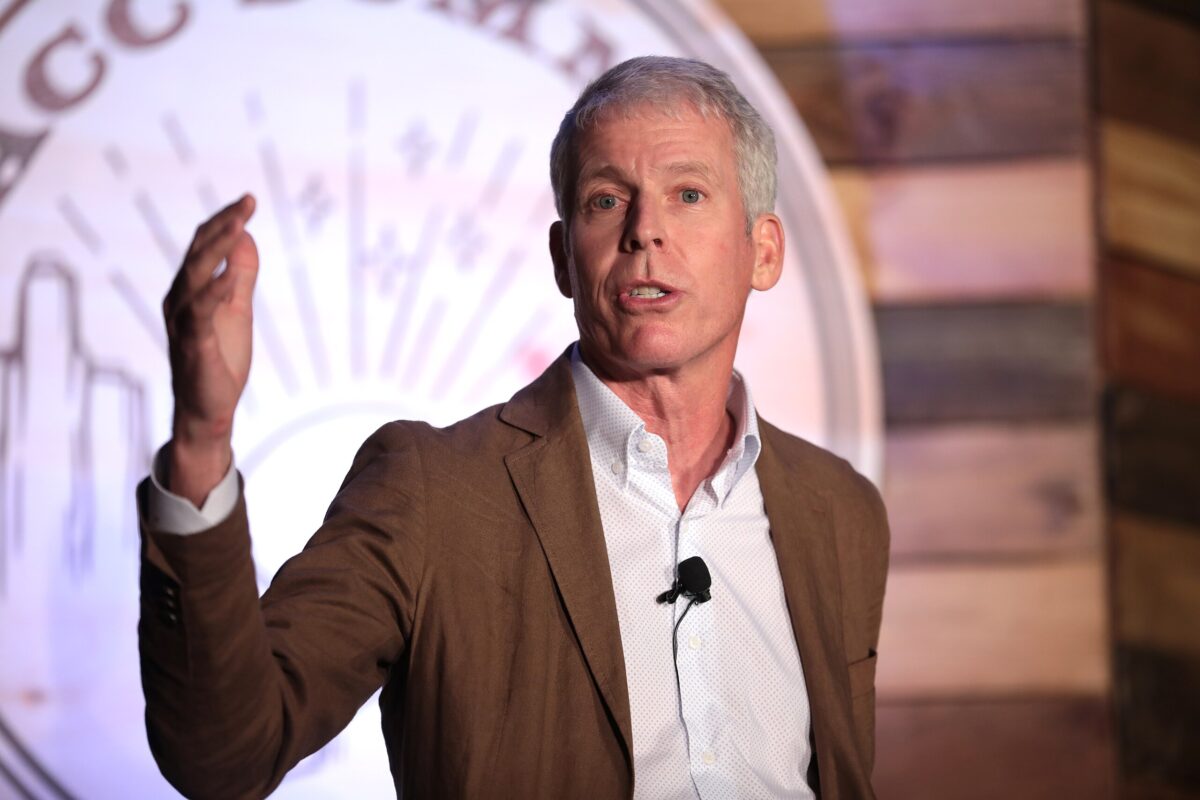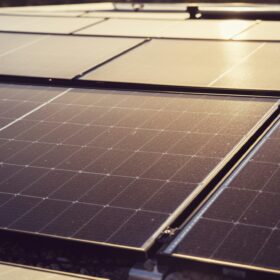For as long as anyone can remember, utility-scale solar projects in the United States have been dependent upon one thing: contracts. Specifically, long-term power contracts that allow for predictable cash flows to pay off investors, and that match the high up-front cost – and conversely low operating costs – of solar as a resource.
This is unlike other sources of generation, such as natural gas plants, which usually sell power into the spot market, which is described as selling power on a merchant basis. The one experiment with building a utility-scale solar power plant on such a basis in the United States known to pv magazine – First Solar’s Barilla Project in Texas – lost a considerable amount of money. This echoed the failure of merchant projects in Chile, which led to a scandal in the United States in 2017 as they were backed by U.S. government funding.
But with power purchase agreement (PPA) terms getting shorter and shorter the market appears to be slipping towards a merchant model. This was revealed in a panel at the American Council for Renewable Energy’s Renewable Energy Finance Forum – Wall Street conference.
“We are talking about 5-7 year PPAs for solar,” says Himanshu Saxena, the CEO of Starwood Energy Group. And while this raised some eyebrows in the room, 7-year PPAs have definitely been signed in the United States, even with corporate off-takers.
Saxena notes that even in solicitations, contract lengths are shortening to 7-15 years. And while a “merchant tail” has always been there after contracts expire, Saxena says the balance has now tipped “It is close to 80-85% merchant and 15-20% contracted,” he explains.
This move to shorter PPAs hardly limited to the United States. pv magazine Australia’s editor Jonathan Gifford notes that 15 years would be considered a long PPA, and pv magazine Germany editor Sandra Enkhart notes that developers are “happy to get” a 15-year PPA.
Effects on finance
This shift to shorter PPAs and the balance of lifetime project revenues coming from spot market sales has big effects on project finance. When Allianz Global Investors Director Catherine Helleux was asked about whether or not investors still felt that they need to get their money back by the end of the PPA term, she replied that she hopes that “the industry as a whole disagrees”, noting that this would bode ill for the future of solar.
Shorter PPA terms and a dependence on merchant sales mean a lot more risk for equity investors, but with so much money looking for solar projects to invest in, this is a risk that many seem willing to take.
Nor is this happening in a policy vacuum. The phase-out of the Investment Tax Credit (ITC), means the loss of a subsidy, but also that tax equity finance and its associated complexities will be disappearing as part of the capital stack.
Pure merchant?
The United States is hardly alone in the move towards merchant sales as a viable business model for solar, and other nations are farther ahead. Despite the earlier problems a number of additional merchant solar projects have been built in Chile, and the European and particularly the Spanish market appear to be moving toward merchant solar as well.
Mexico was cited by panelists as an example of a viable post-subsidy merchant market. “Ever other deal that we see come out of Mexico is merchant solar and merchant wind,” states Starwood’s Saxena. “And the lenders are financing it.”
In the United States, the trend appears to be most advanced in Texas, which still has high mid-day power prices due to limited solar deployment and heavy air conditioning use in the summer. “In Texas, people are really testing how long of a hedge do you need,” stated Ted Brandt, the CEO of Marathon Capital. “The economics are compelling to go pure merchant.”
When you add in significant coal retirements and the resulting thin reserve margins, the economics of solar in Texas look even better. “The forward pricing curve looks positive for us,” 8minutenergy CEO Tom Buttgenbach told pv magazine.
It remains to be seen how much investors are willing to overlook earlier bad experiences with merchant projects. In the interim, it appears to be a trade-off between PPA length and price, and if investors and developers want to close deals at attractive rates, they are going to get short contracts.
This comes with risk, particularly for projects that do not incorporate energy storage, as the more solar that is deployed on a grid, the lower the mid-day spot prices. But these problems may be a number of years off in many markets, and for many investors, the risk appears to be worth it.
“If you find a 25-year PPA, it means that the price is going to be low,” explains Allianz’ Helleux. “It’s better to go to one with a better risk of merchant.”
This content is protected by copyright and may not be reused. If you want to cooperate with us and would like to reuse some of our content, please contact: editors@pv-magazine.com.









By submitting this form you agree to pv magazine using your data for the purposes of publishing your comment.
Your personal data will only be disclosed or otherwise transmitted to third parties for the purposes of spam filtering or if this is necessary for technical maintenance of the website. Any other transfer to third parties will not take place unless this is justified on the basis of applicable data protection regulations or if pv magazine is legally obliged to do so.
You may revoke this consent at any time with effect for the future, in which case your personal data will be deleted immediately. Otherwise, your data will be deleted if pv magazine has processed your request or the purpose of data storage is fulfilled.
Further information on data privacy can be found in our Data Protection Policy.